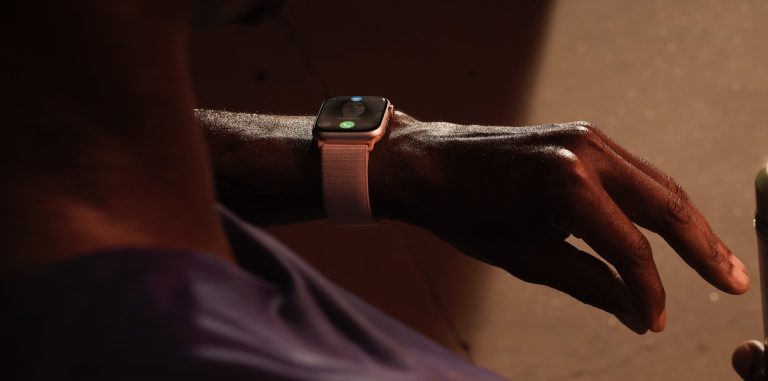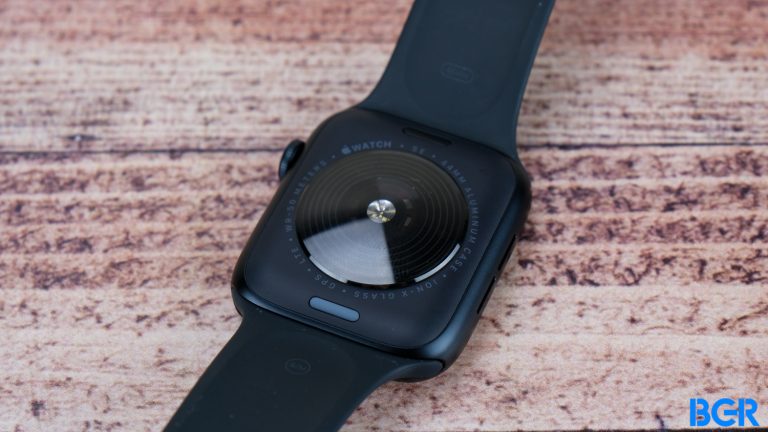In a long article detailing Apple’s health initiatives over the past decade, Bloomberg reports that the 2024 Apple Watch might have a few new sensors as it aims to expand its care initiatives.
Tech. Entertainment. Science. Your inbox.
Sign up for the most interesting tech & entertainment news out there.
By signing up, I agree to the Terms of Use and have reviewed the Privacy Notice.
According to Mark Gurman and Drake Bennett, Apple has an “enticing road map for 2024, including hypertension and sleep apnea detection for the watch and hearing aid capabilities for AirPods.” For sleep apnea detection, the watch would use sleep and breathing patterns to estimate whether someone has the condition and then direct users to see a physician.
For the blood pressure sensor, Apple will do the rollout in phases. In the first iteration, it will just tell a user if their blood pressure is trending upward and offer a journal for the user to note what he was doing when hypertension occurred.
 Image source: Apple Inc.
Image source: Apple Inc.
At all times, this function will tell users to talk to a doctor or check their blood pressure with a traditional cuff, Bloomberg report. A future version of the system, on the other hand, will have the ability to provide exact numbers, even diagnosing related conditions, but it remains “far off.”
In favor of releasing new health features, Apple reportedly plans to launch these new capabilities as “good-to-know” functions, just like it did with the oximeter sensor. It shows a person their blood oxygen percentage – or the blood pressure trending upward – but not what the data means, as it’s not intended for medical use.
That said, Apple might seek health regulatory approval for blood oxygen and temperature sensors to expand further than fertility data and sense a fever, for example.
The blood glucose sensor is still a few years away from landing on the Apple Watch
 Image source: Christian de Looper for BGR
Image source: Christian de Looper for BGR
Bloomberg explains that Apple might use short-wave infrared absorption spectroscopy for the blood glucose sensor for a future Apple Watch.
“This technique involves shining lasers through the skin into the interstitial fluid between the blood vessels and the cells they serve. The intensity of the light’s reflection back, researchers have found, can be used to calculate the glucose concentration in the interstitial fluid and, by extension, in the bloodstream — and the only thing that has had to penetrate the body is light,” the publication explains.
However, since a non-invasive system needs to see through a wide range of skin tones and analyze various blood types, Apple still struggles to get all the data it needs. The company plans to use AI to sift the raw data and generate a prediction for when a person may develop diabetes.
That said, what Apple might launch before the full blood glucose sensor is a function that monitors how a person’s blood sugar is trending and warns users of prediabetes.
Wrap up
Now, 2024 seems to be a big year for the Apple Watch. If these features can land on the device, the upcoming Apple Watch (Series) X might be an enticing update, and it will show that Apple still has lots more to deliver with its wearable devices.

